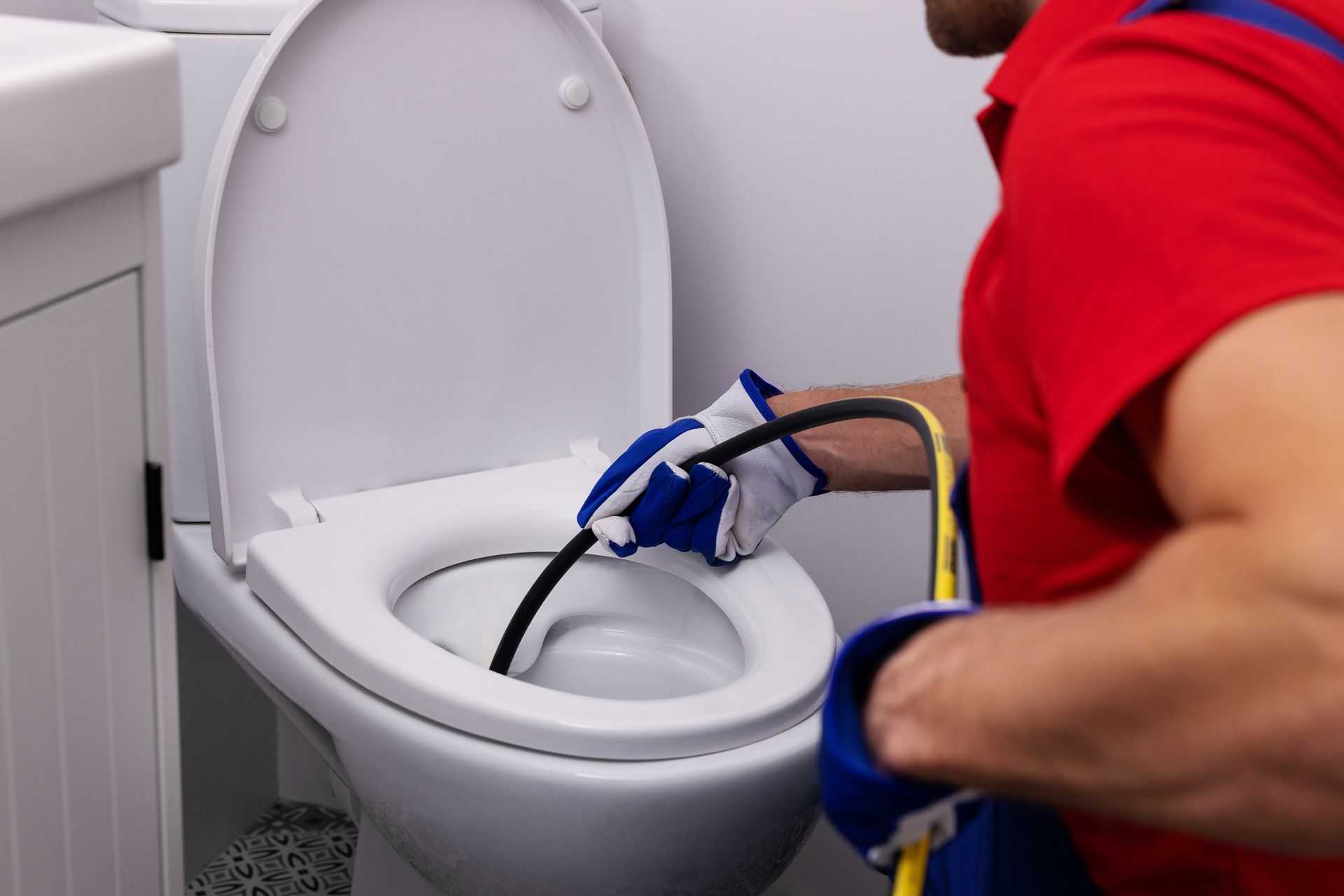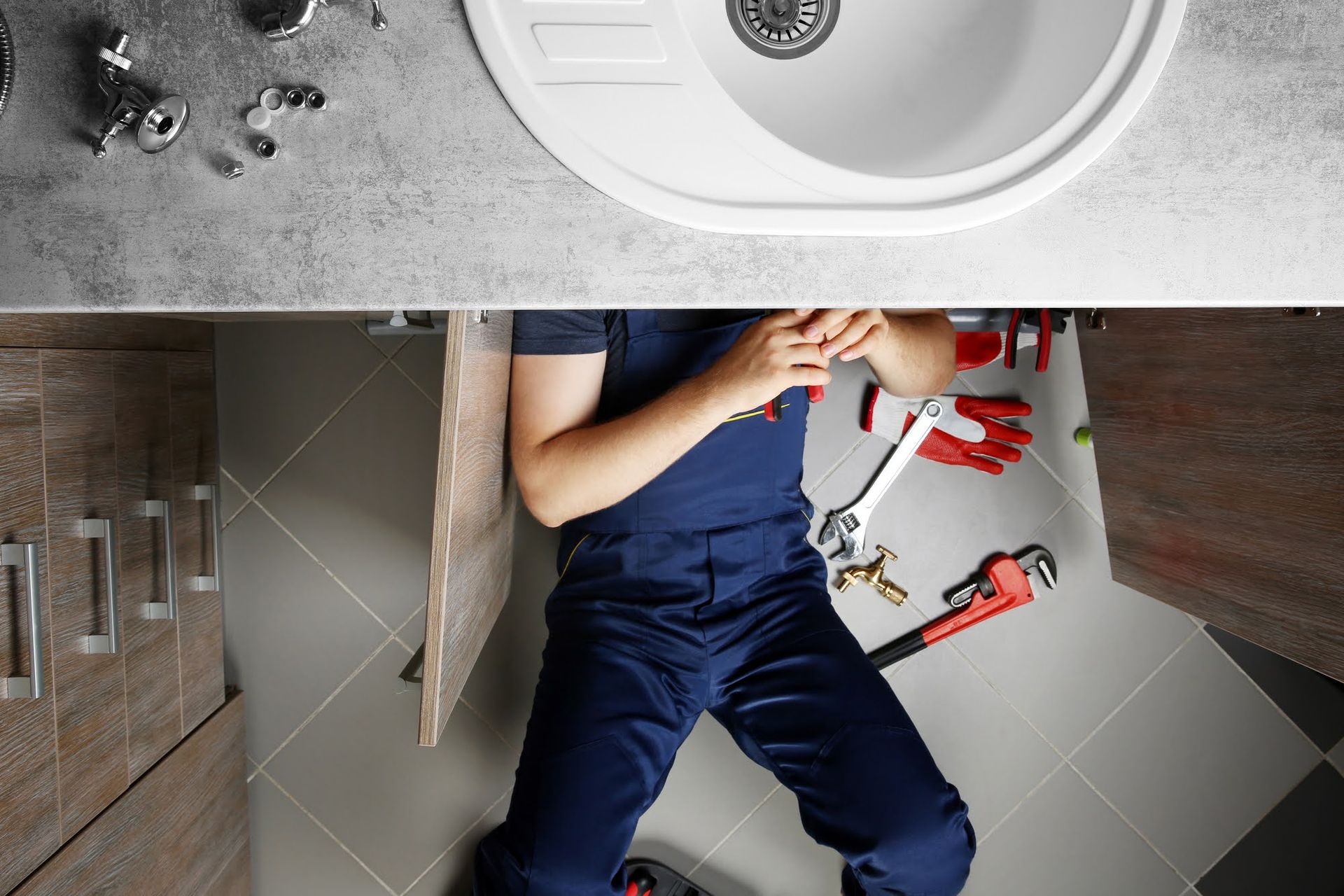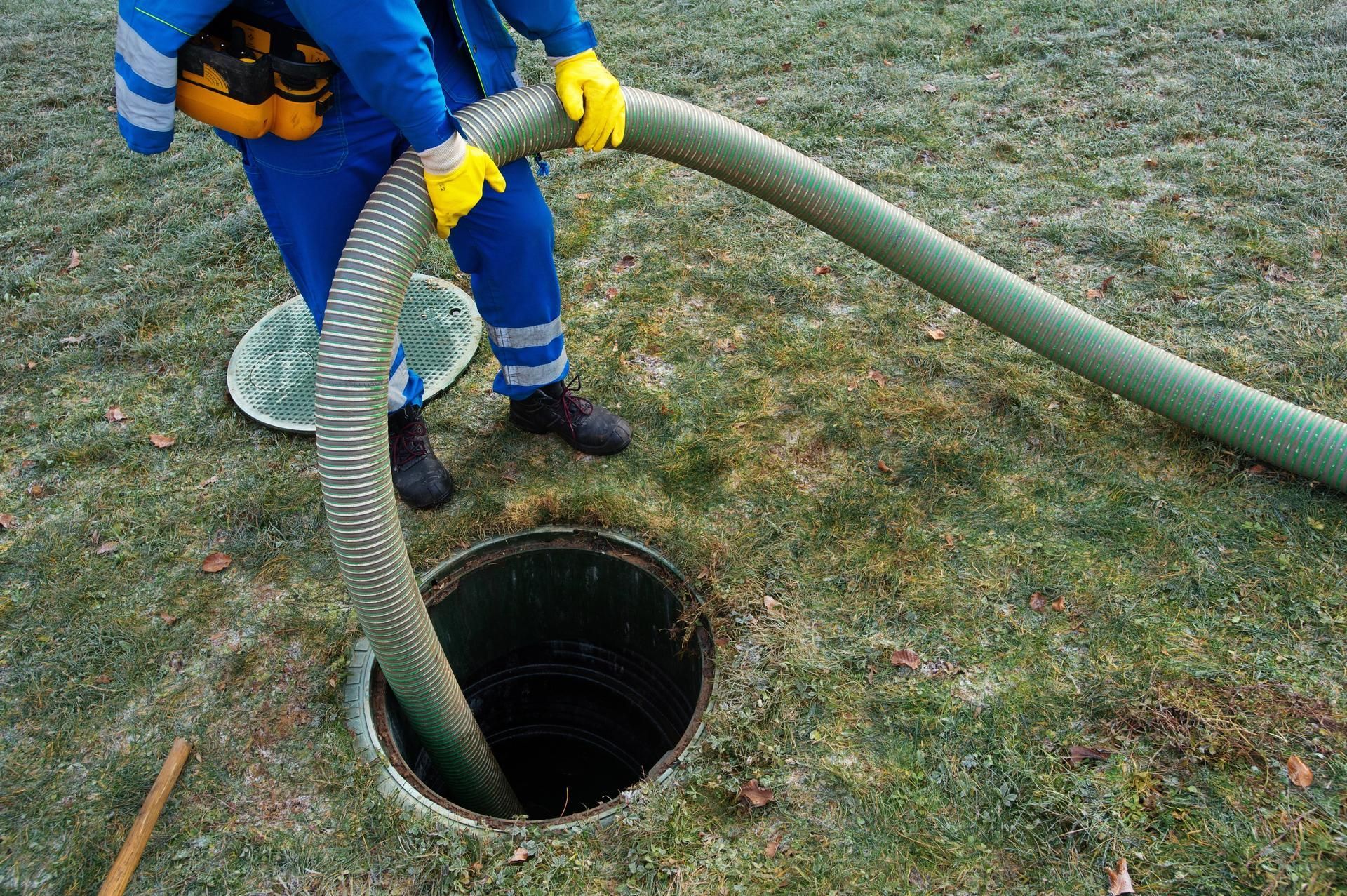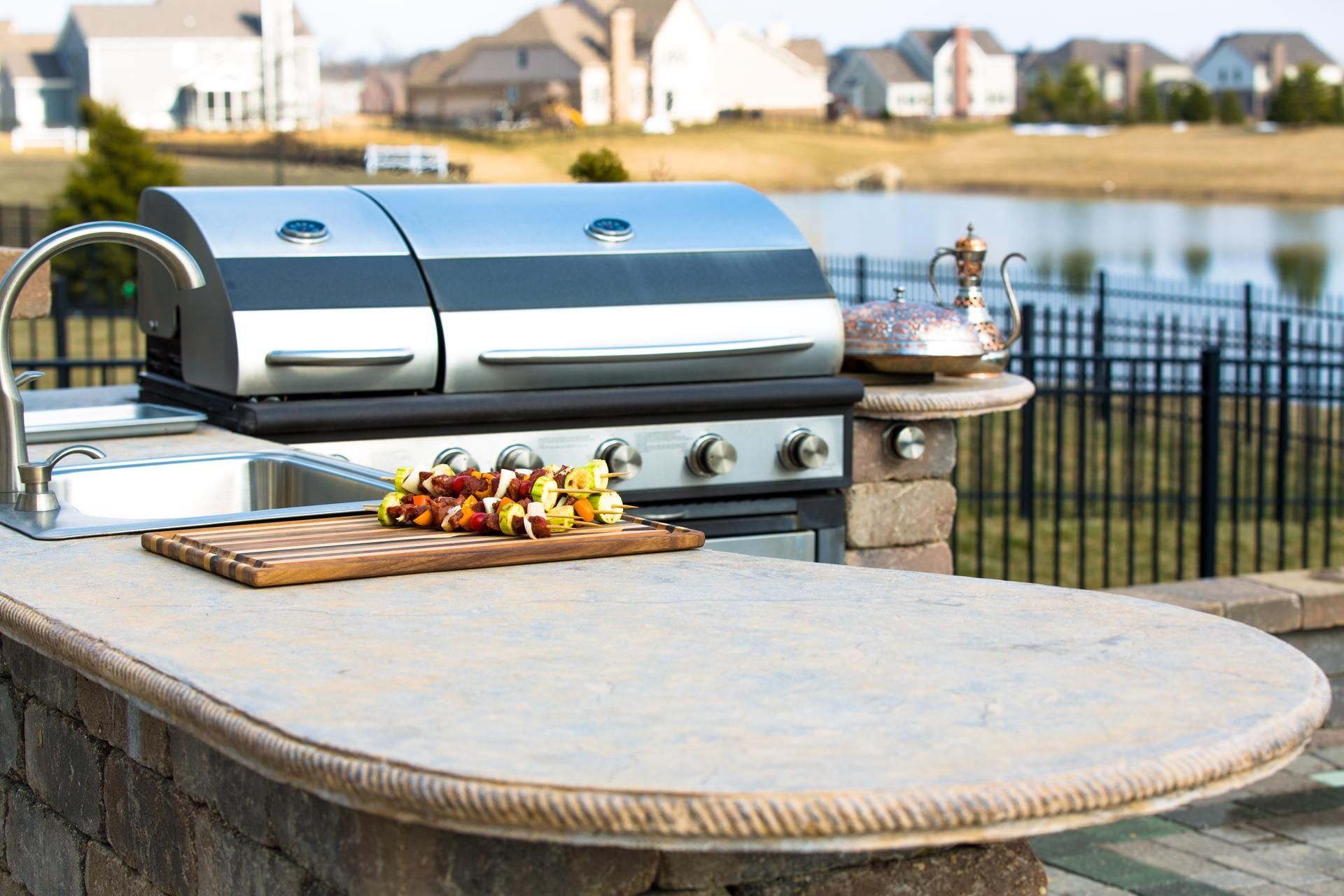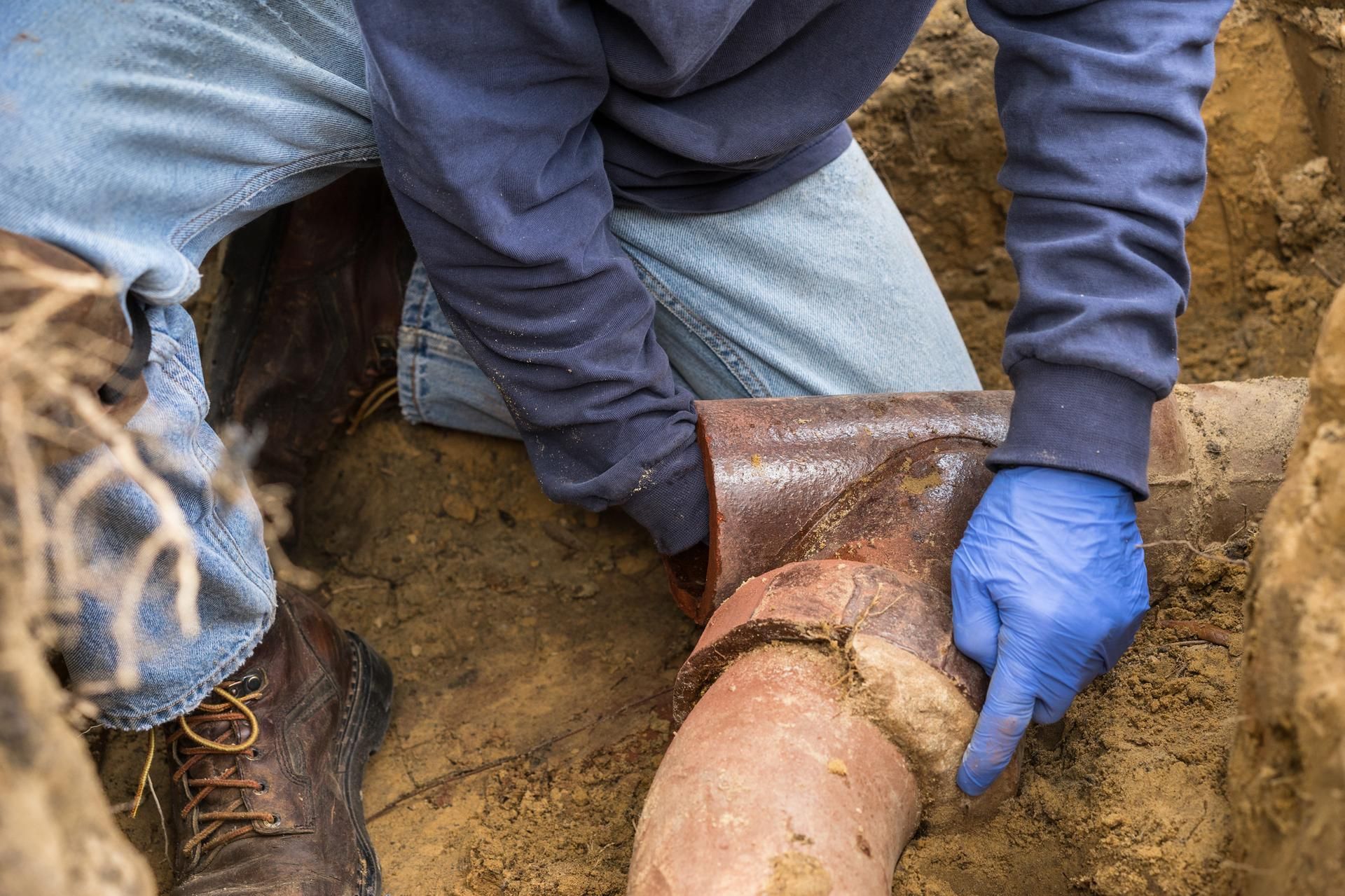How Can You Avoid Frozen Pipes And Hose Bibs In Winter?
admin • December 12, 2017
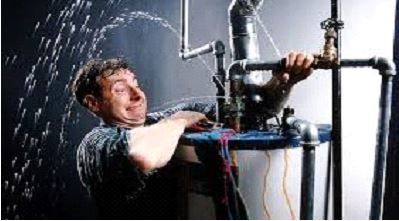
If you've has previous trouble with frozen supply pipes or outdoor hose bibs (faucets), you know it can be either a temporary inconvenience or a serious problem. Frozen supply lines prevent water from reaching your faucets and other plumbing components until they eventually thaw naturally or they are warmed with a torch or blow dryer.
However, a frozen supply line may burst under the pressure of expansion as water turns into ice. This can cause a major catastrophe when the ice thaws and the pressurized water inside the burst pipe gushes incessantly until the supply valve that controls the flow of water to the pipe closes.
A frozen hose bib can also cause water to flow without the ability to contain it if the supply valve to the bib is inadvertently left on and a garden hose attached after the warmer temperatures have passed.
Here are a few ways that your local plumbing professional can prevent frozen pipes and bibs before they occur.
Installing Insulation on Vulnerable Pipes
The type of protection that your supply pipes require will depend upon the severity of winter temperatures in your area. Pipes exposed to temperatures that are just below 32 degrees Fahrenheit will usually be sufficiently protected using passive types of insulation.
This form of insulation provides no heating element but instead provides a barrier that keeps cold temperatures from reaching the supply pipes. Accomplish this by wrapping the pipes with foam rubber or paper-backed fiberglass insulation.
As an added bonus, wrapping hot water supply pipes with insulation also saves on energy bills by preventing heat from escaping through the pipes.
In areas where temperatures plunge far below the freezing point, a more active type of insulation is required. Powered heating cables are wrapped around exposed pipes providing an external heat source to ensure that water inside supply pipes maintain a temperature above the freezing point.
You can activate pipe heating cables by an internal thermostat that enables the heating element when the external temperature approaches the freezing point and shuts it off when you reach the desired temperature.
Supplementing heating cables with an external layer of fiberglass insulation helps to protect the pipes while saving money on the cost of electricity to power to cables.
Installing a Frost-free Hose Bib
A frost-free hose bib is designed so that water is not retained inside the part of the bib that extends outside the exterior of the home. A frost-free bib has a turn off valve at the point of connection inside the house and must be installed at a slight pitch downward from the exterior wall.
When this interior wall is shut off, and the exterior valve opened, all of the water inside the bib flows out. It is important to disconnect any garden hose before freezing temperatures arrive, or water will remain trapped inside the bib and prevent the draining process.
Replacing a Section of Vulnerable Pipe With Pex Pipe
If the supply line to the hose bib, or any other especially vulnerable pipe, is more prone to freezing because of its proximity to an external wall or other adverse conditions, you can have a section of pipe replaced with Pex flexible piping.
Although Pex pipe has the same capabilities for supply lines as more conventional rigid pipes of galvanized steel, copper, or CPVC (plastic) composition, It's flexibility enables it to withstand freezing more effectively because of its ability to expand and contract (within reason) without damaging its structural integrity.
The installer can also add an expansion loop of additional Pex pipe to allow for expansion and contraction due to temperature changes without affecting water pressure. Pex pipe can be connected to every other type of pipe through conversion or universal fittings, depending upon the type of connection.
Pex pipe is freeze resistant, but not completely freeze-proof. You still might need insulation at very cold temperatures. Still, freeze resistant may be enough for your potential or ongoing problems with a particularly vulnerable section of pipe.
If you're in the Lansing, Michigan area, Michigan Plumbing Sewer & Drain Cleaning Inc. can handle all of your plumbing freeze prevention needs.

